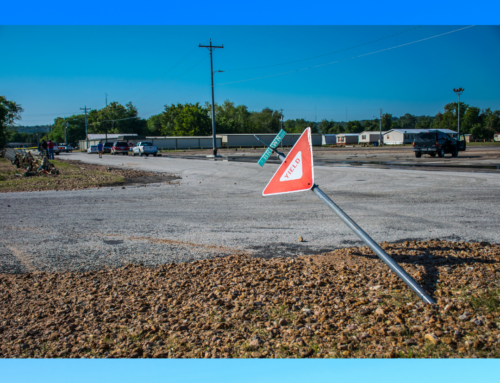One city, two worlds. That is the difference between having a car and riding the bus and community sustainability.
Few of us who drive cars really understand the difference that one reality—car or bus—can make: where you shop, what you buy, where you work, how often you can make appointments, who you visit, how you find entertainment—even if and how you can engage in the democratic process.
Consider the difference between a 15-minute drive to work that begins in a driveway and a 90-minute ride that begins with several blocks to walk, often in the dark, and often in the road, because sidewalks don’t exist or are un-shoveled.
Unseen by those of us who can drive in comfort and ease, people are walking and standing in rain and snow, often with strollers or canes, often with bags and burdens.
On December 20 we joined about 40 area residents at the South Bend Public Transportation Corporation (Transpo) hearing in South Bend, Indiana to discuss cuts to bus services, including one line that runs through the heart of the west side. As far as we could tell, there was almost no one in the room who was not a bus rider.
One after another, people rose to speak about the enormous impact of these cuts. With emotion in their voices, they said, “I speak for the seniors … ,” “Consider the students … ,” and, “My wife and I use this bus to get to work … ”
We know transportation is at the heart of people getting out of poverty; transportation to school or jobs or appointments that will create the critical, if often shaky, pieces that build financial stability. As services get cut, people seek alternatives: unreliable ride sharing or purchasing a used car, often at exorbitant interest rates.
Or they just give up on school and jobs. We know firsthand that people often have to refuse jobs because they just can’t get to the 7 a.m. shift at a hotel in the Roseland suburb or to Better World Books out on McKinley Ave.
And then ridership drops again. And people remain stuck and isolated.
We met this week with the Transpo board and staff, as well as with Mayor Buttigieg, to share our deep concerns. Transpo shared with us a complicated picture of funding streams from the federal, state, and local levels and the impact of the property tax and government cuts at a time when staffing, health care, and other expenses are increasing.
They talked about their efforts to analyze data and come up with changes that will keep Transpo solvent—and they said they are the only fiscally sound public transportation system in Indiana. They said they want to find solutions, and we believe them.
Without a doubt, any bus system is better than no bus system. Transpo has some outstanding qualities, not to mention a brand new, state of the art facility.
But how do we make sure that, for people who need it, the bus is reliable enough to get to school and jobs? It will require many stakeholders to work together: government, business, schools, and bus riders themselves.
Indianapolis’ plan is to increase buses, lines, and hours. Their approach is threefold:
- Connect people to jobs.
- Revitalize urban neighborhoods.
- Spur economic development and be competitive in bringing new business to the community.
What will it take for South Bend to find better answers? The first step is hearing from the whole community—whether we ride the bus or not—that this issue matters. We are all stakeholders in finding cost-effective measures that ensure adequate public transportation for those most in need in our community.
Bonnie Bazata is the executive director of St. Joseph County Bridges Out of Poverty, South Bend, IN (www.sjcbridges.org). She introduced Bridges Out of Poverty to area leaders and organizations in her role as director of community connections at St. Mary’s College, Notre Dame, IN, and was one of the founders of SJC Bridges. Under her leadership of regional Bridges initiatives, over 400 individuals have completed Getting Ahead in a Just-Gettin’-By World; the business, higher education, criminal justice, and healthcare sectors have become engaged in Bridges; and Bridges constructs and strategies have spread to several neighboring communities in north-central Indiana and southwestern Michigan. Bonnie earned a master’s degree in bilingual/multicultural education from the University of Arizona and a bachelor’s degree from Antioch College.









